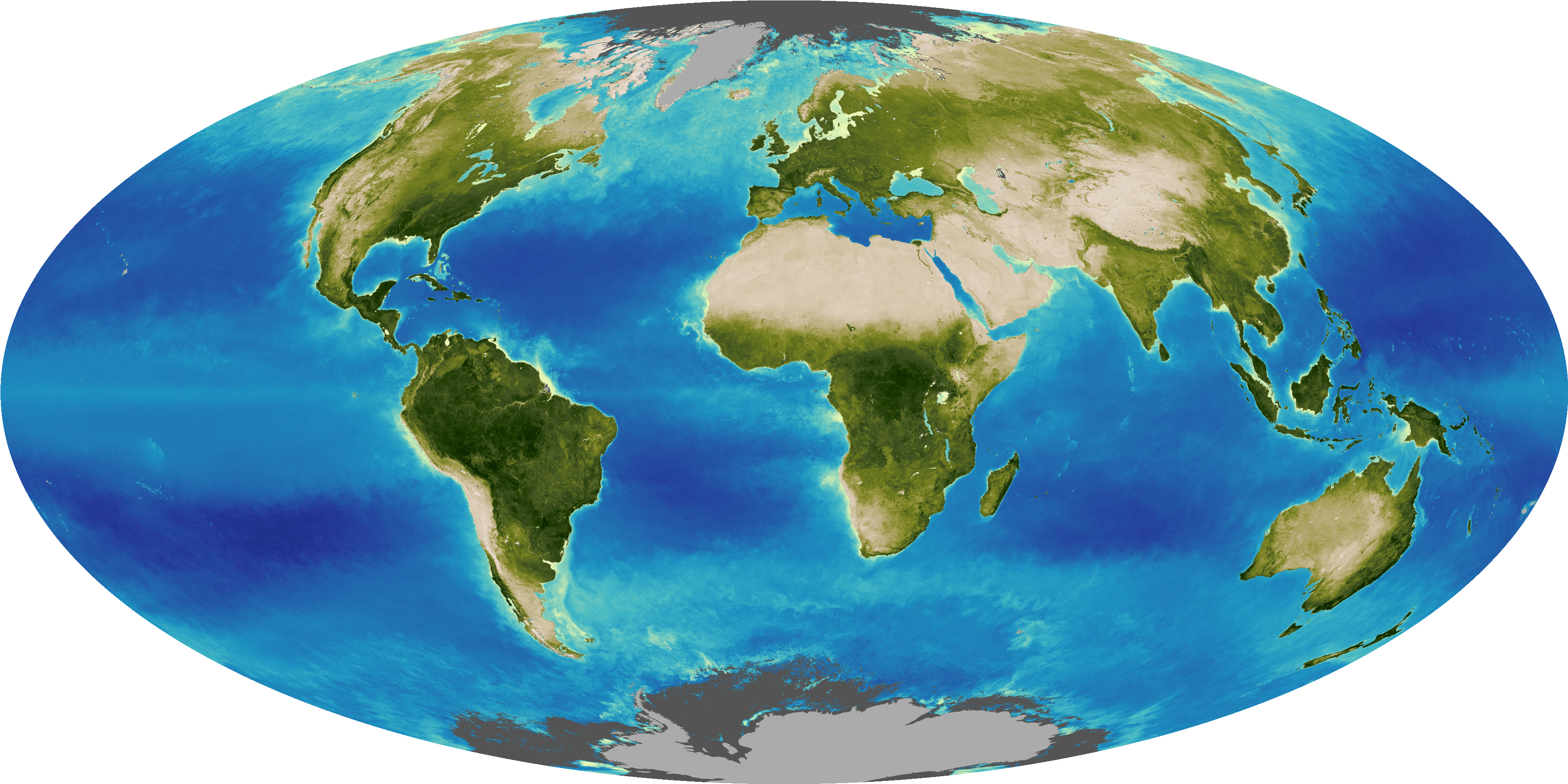What is NASA’s role in climate research?

When people think of NASA, they often envision rovers on Mars, astronauts floating aboard the International Space Station, or probes venturing to the far reaches of our solar system. However, what might surprise some is that NASA is deeply involved in climate research and observations right here on Earth. Earth is a planet, too, and NASA plays a major role in Earth science research, with broad expertise on observing our climate from satellites, instruments on the International Space Station, airplanes, balloons, ships and on land. These observations assist us in understanding the many links between our planet's essential processes and the impacts of both natural and human-induced changes on the climate.
NASA has been studying Earth since its first weather satellite, TIROS, launched in 1960. During this time, scientists were starting to understand that our climate could change quite rapidly, even within a human's lifetime. Today, we have a clear understanding that our climate is changing rapidly, and that human activities are responsible for the vast majority of that change. NASA continues to send new satellites into space, and they also use aircraft, boats, as well as scientists on the ground, to gather important data. These include measurements of snowpack, hurricanes, wildfires, ocean ecology, amd more to add crucial details to our overall understanding from space.
NASA’s mission is to make observations of our Earth system that can be used by the public, researchers, and policymakers. It's aim is to provide support for informed decision-making processes. NASA is dedicated to conducting thorough scientific research. However, it's important to note that the agency doesn't advocate for specific climate policies.




